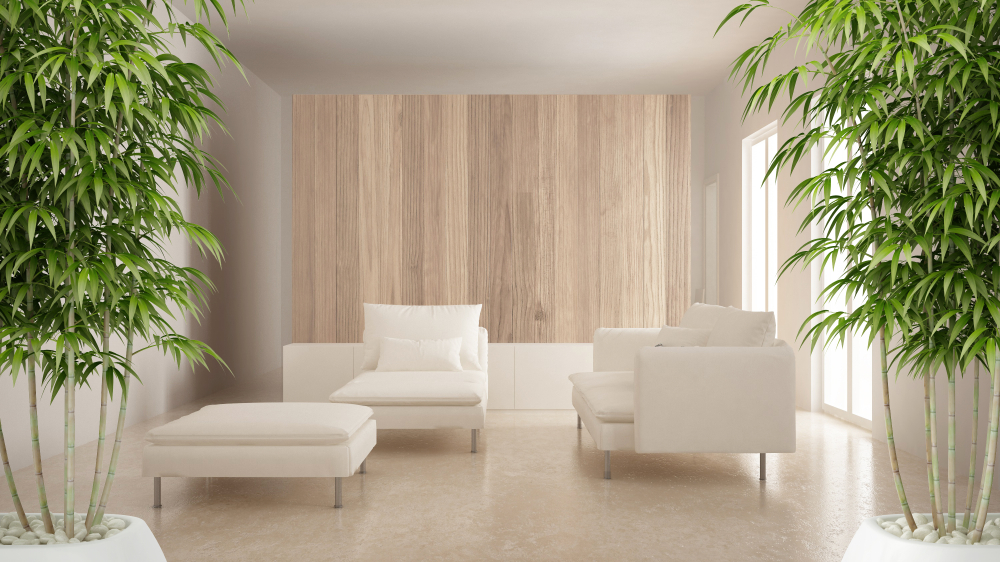
Humans have used wood as a natural resource for millennia. While deforestation threatens this resource, we still rely on it for fuel, furniture, paper, building construction, and more. When Taoist philosophy began developing in China over 2,500 years ago, forests existed alongside farms and cities. Whether in 321 BCE or 2021 CE, wood plays a key role in the art of feng shui.
Elements in Traditional Chinese Cosmology
Everything in the natural world has unique structures and properties. Metallic chemical elements all have melting points. Soil contains both minerals and organic matter. Wood contains organic compounds that give it structure, strength, and support.
While there are over 60,000 tree species in our world today, nearly all share some key characteristics. Traditional Chinese philosophy recognized these and other distinctive properties. It proposed that five elemental phases were present in the cosmos: wood, fire, earth, metal, and water.
Each elemental phase interacts with the other four to create, strengthen, weaken, or destroy them. Water sustains wood, which in turn fuels fire in creative cycles. Destructive cycles also show how one element impacts others: Metal can cut wood, and wood breaks through earth and consumes its nutrients.
Spatial and Elemental Energies
How do these traditional Chinese elements relate to interior décor? That’s where the art of feng shui comes in. Besides elemental phases, feng shui is based on another important concept–qi. Pronounced “chee,” this living energy exists in humans, animals, plants, and the rest of the universe.
Some compare qi to water. Certain conditions enable it to move freely, cause it to stagnate, or make it harshly attack people and objects. Positive qi usually flows in curved paths. Negative qi either moves in straight lines or doesn’t flow at all.
The objective of feng shui is to encourage positive qi. While there are many schools of modern feng shui, most share some basic concepts. Physical spaces contain energy, revealed by a nine-area grid called a bagua. Elemental phases also contain energy. And working the two together can create harmony–the primary goal of feng shui.
How Wood Works in Feng Shui
Writing for The Spruce, architect Anjie Cho says that the wood element represents vitality, kindness, and growth. Wood energy is also flexible. This element features prominently in two areas of the bagua: Zhen, located in the east, stands for family and new beginnings; it’s followed in the southeast corner by xun, the area of wealth and abundance.
In feng shui, increasing the wood element can attract more growth energy. Living green plants are an obvious choice. But like the other four elements, wood can also be invoked in a space using colors and shapes. Green is one of wood’s prime colors, but blue and teal can also work. Column-shaped items can also embody this element.
What does this mean for your interiors? You have many options for incorporating the element into your home. Plants are always a straightforward method to accomplish this. But what if your green thumb isn’t so green? You can use color in some creative ways. Changing your wall colors is one option–or even one wall if redoing all of them isn’t feasible. Green, blue, or teal can add lively touches in pillows, artwork, and rugs. Wooden furniture and décor accessories are also fast and easy solutions.
Vitality, Growth, and Nourishment
Human beings are drawn to nature, so it’s no surprise that we want to bring it indoors. Feng shui seeks to do more than that. Helping us live in harmony with nature is a key goal, which feng shui tries to achieve by using elements to attract energies into our indoor spaces. Wood signifies growth, so its energies can promote prosperity and renewal inside your home.

